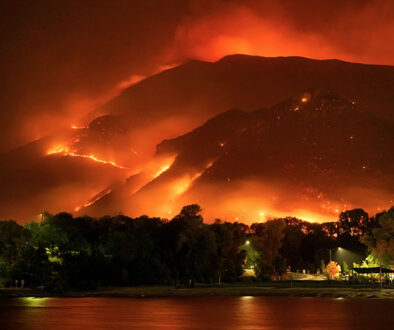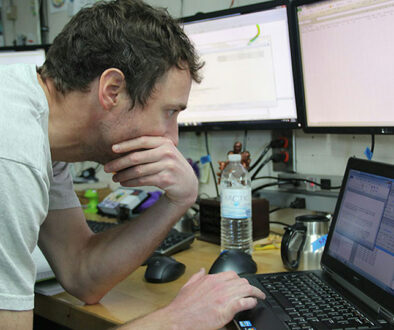Bankrupting the carbon budget Part I: Why are kids so angry?
We need carbon. We need water, too. But like all good things, there can be too much. Too little water and we die of thirst. Too much, we drown. The same with carbon. Too little in the atmosphere in the form of carbon dioxide (CO2), we go into an Ice Age. Too much, the planet broils. We know this because of the geological evidence and from fundamental laws of physics and chemistry.
How much carbon is there?
There is about 1.85 billion, billion tonnes of carbon on Earth. More than 99% is beneath our feet in soil and rocks including fossil fuels and permafrost. Just 0.2% or 43,500Gt is above the surface. Through natural processes, carbon is constantly in flux. That is, it’s moving between the land, the oceans, and living things (see ‘carbon cycle’ this website). When it’s burned, melted, or respired, it becomes a gas, combining with oxygen to make CO2. Some ends up in the atmosphere*. The rest is absorbed by terrestrial and oceanic ecosystems: forests, grasslands, wetlands, and marine animals and plants that make more than half the oxygen we breathe, and also as carbonic acid (H2CO3) dissolved in ocean and lake waters.
*Calculations at the bottom of this page.
A shift in time
It doesn’t take much CO2 in the atmosphere to warm the planet. Some 18,000 years ago, the concentration of CO2 was 189 ppm (parts per million). Global temperatures were 7-9°C cooler than today, and ice sheets several kilometres thick covered most of Europe and North America.
Over the next 10,000 years, the concentration increased 72ppm, to reach 261ppm. That was enough to warm the planet 6-8°C (Fig 2.).
*The average for 2021 will be about 417ppm because atmospheric concentrations change between summer (lower) and winter (higher); see the graph below for an explanation.
The carbon budget
When governments signed the 2015 Paris Agreement they did so promising to keep global warming under 1.5°C by staying within a carbon budget. Each nation could choose how they would achieve this by reducing emissions—carbon ‘spending’—and increasing carbon ‘savings’ by planting carbon-absorbing trees. Obviously, to stay within the global budget, every nation had to play its part.
They didn’t. Emissions increased (Fig. 3)
And only if one-way climate tipping points, don’t tip.
Tipping points are tipping
“The drama here is that one characteristic of tipping points is that once you press the ‘on’ button you cannot stop it; it takes over. It’s too late. It’s not like you could say, ‘Oops, now I realize I didn’t want to melt the Greenland ice cap. Let’s back off.’ Then it’s too late.” – Johan Rockström, Breaking Boundaries: The Science of Our Planet (Video 1)








Bankrupting the carbon budget: Part II - COP26 - Climate Change & Nature: New Zealand
22/11/2021 @ 3:13 pm
[…] Bankrupting the Carbon Budget: Part I, several tipping points were explained. Others are also tipping. For example, wildfires in the […]